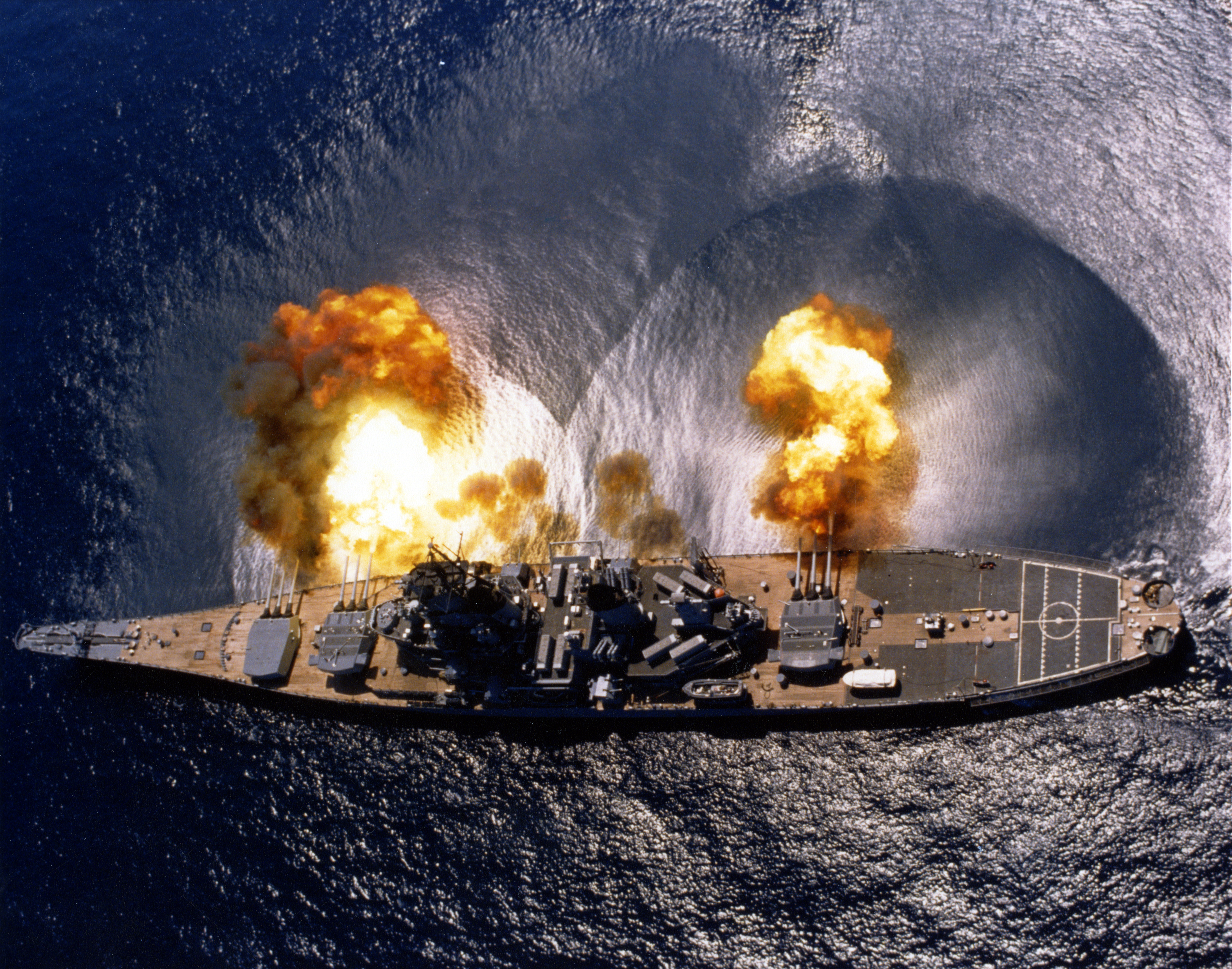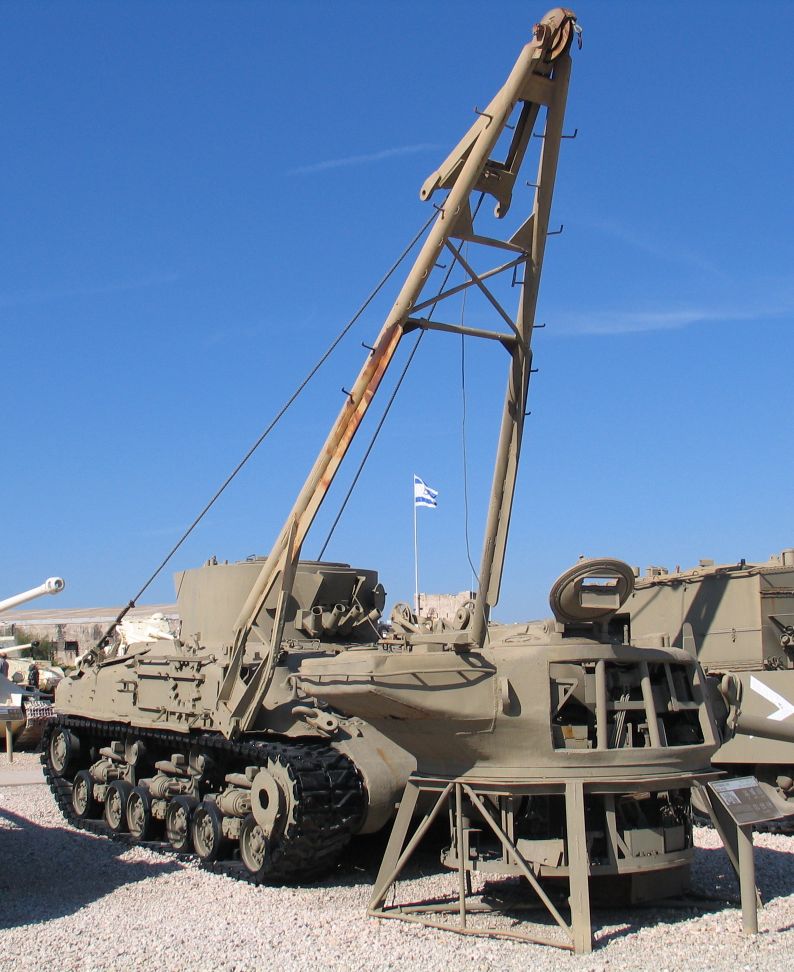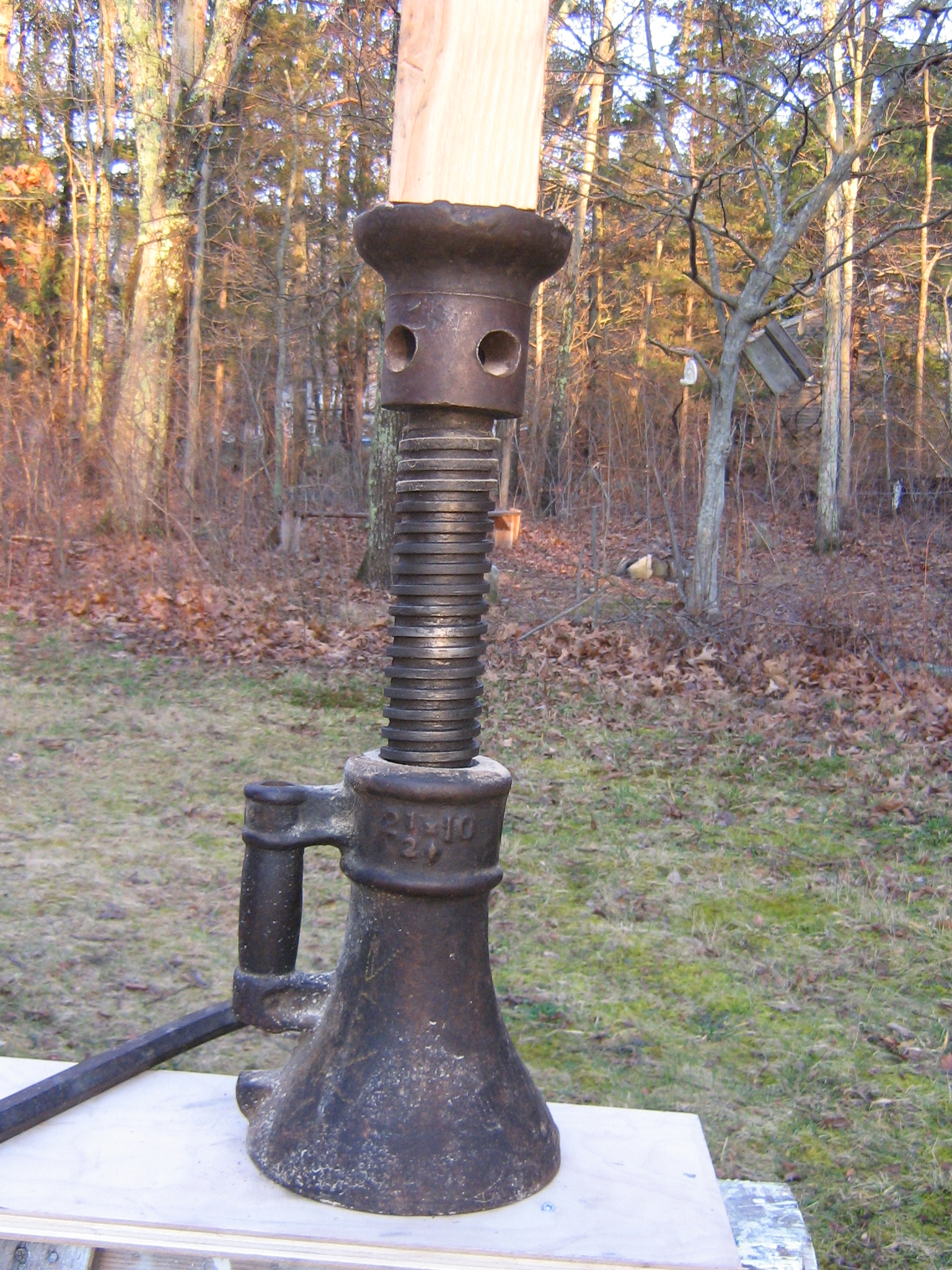|
Mortier De 293 Danois Sur Affut-truck Modèle 1914
The Mortier de 293 Danois sur affut-truck modèle 1914 was a French railway gun and siege gun used by the French Army during World War I and World War II. History Before the First World War, the doctrine of the French Army was geared towards a war of rapid maneuver. Although the majority of combatants had heavy field artillery prior to the outbreak of the First World War, none had adequate numbers of heavy guns in service and once the Western Front stagnated and trench warfare set in the light field guns that the combatants went to war with were beginning to show their limitations when facing an enemy who was now dug into prepared positions. Indirect fire, interdiction and counter-battery fire emphasized the importance of long-range heavy artillery. Since aircraft of the period were not yet capable of carrying large diameter bombs the burden of delivering heavy firepower fell on the artillery. Two sources of heavy artillery suitable for conversion to field use were surplus coa ... [...More Info...] [...Related Items...] OR: [Wikipedia] [Google] [Baidu] |
Railway Gun
A railway gun, also called a railroad gun, is a large artillery piece, often surplus naval artillery, mounted on, transported by, and fired from a specially designed railroad car, railway wagon. Many countries have built railway guns, but the best-known are the large Krupp-built pieces used by German Reich, Germany in World War I and World War II. Smaller guns were often part of an armoured train. They were only able to be moved where there were good tracks, which could be destroyed by artillery bombardment or airstrike. Railway guns were phased out after World War II. Design considerations The design of a railway gun has three firing issues over and above those of an ordinary artillery piece to consider. Namely how the gun is going to be traversed – i.e. moved from side to side to aim; how the horizontal component of the recoil force will be absorbed by the gun's carriage and how the vertical recoil force will be absorbed by the ground. Methods of traverse The first ... [...More Info...] [...Related Items...] OR: [Wikipedia] [Google] [Baidu] |
Naval Guns
Naval artillery is artillery mounted on a warship, originally used only for naval warfare and then subsequently used for more specialized roles in surface warfare such as naval gunfire support (NGFS) and anti-aircraft warfare (AAW) engagements. The term generally refers to powder-launched projectile-firing weapons and excludes self-propelled projectiles such as torpedoes, rockets, and missiles and those simply dropped overboard such as depth charges and naval mines. Origins The idea of ship-borne artillery dates back to the classical era. Julius Caesar wrote about the Roman navy's usage of ship-borne catapults against Celtic Britons ashore in his ''Commentarii de Bello Gallico''. The dromons of the Byzantine Empire carried catapults and Greek fire. From the Middle Ages onwards, warships began to carry cannons of various calibres. In the Battle of Tangdao in 1161, the Southern Song general Li Bao used huopao (a type of gunpowder weapons, possibly cannons) and fire arrows against ... [...More Info...] [...Related Items...] OR: [Wikipedia] [Google] [Baidu] |
Battle Of The Somme
The Battle of the Somme (; ), also known as the Somme offensive, was a battle of the First World War fought by the armies of the British Empire and the French Third Republic against the German Empire. It took place between 1 July and 18 November 1916 on both sides of the upper reaches of the river Somme (river), Somme in France. The battle was intended to hasten a victory for the Allies of World War I, Allies. More than three million men fought in the battle, of whom more than one million were either wounded or killed, making it one of the List of battles by casualties, deadliest battles in human history. The French and British had planned an offensive on the Somme during the Chantilly Conferences, Chantilly Conference in December 1915. The Allies agreed upon a strategy of combined offensives against the Central Powers in 1916 by the French, Russian, British and Italian armies, with the Somme offensive as the Franco-British contribution. The French army was to undertake the m ... [...More Info...] [...Related Items...] OR: [Wikipedia] [Google] [Baidu] |
Shear Legs
Shear legs, also known as sheers, shears, or sheer legs, are a form of two-legged lifting device. Shear legs may be permanent, formed of a solid A-frame and supports, as commonly seen on land and the floating sheerleg, or temporary, as aboard a vessel lacking a fixed crane or derrick. When fixed, they are often used for very heavy lifting, as in tank recovery, shipbuilding, and offshore salvage operations. At dockyards they hoist masts and other substantial rigging parts on board. They are sometimes temporarily rigged on sailboats for similar tasks. Uses On land Shear legs are a lifting device related to the gin pole, derrick and tripod (lifting device). Shears are an A-frame of any kind of material such as timbers or metal, the feet resting on or in the ground or on a solid surface which will not let them move and the top held in place with guy-wires or guy ropes simply called "guys". Shear legs only need two guys whereas a gin pole needs at least three. The U. S. Army Fie ... [...More Info...] [...Related Items...] OR: [Wikipedia] [Google] [Baidu] |
Jackscrew
A jackscrew, or screw jack, is a type of jack that is operated by turning a leadscrew. It is commonly used to lift moderate and heavy weights, such as vehicles; to raise and lower the horizontal stabilizers of aircraft; and as adjustable supports for heavy loads, such as the foundations of houses. Description A screw jack consists of a heavy-duty vertical screw with a load table mounted on its top, which screws into a threaded hole in a stationary support frame with a wide base resting on the ground. A rotating collar on the head of the screw has holes into which the handle, a metal bar, fits. When the handle is turned clockwise, the screw moves further out of the base, lifting the load resting on the load table. In order to support large load forces, the screw is usually formed with Acme threads. Advantages An advantage of jackscrews over some other types of jack is that they are ''self-locking'', which means when the rotational force on the screw is removed, it will remain ... [...More Info...] [...Related Items...] OR: [Wikipedia] [Google] [Baidu] |
Bogie
A bogie ( ) (or truck in North American English) comprises two or more Wheelset (rail transport), wheelsets (two Railroad wheel, wheels on an axle), in a frame, attached under a vehicle by a pivot. Bogies take various forms in various modes of transport. A bogie may remain normally attached (as on many railroad cars and semi-trailers) or be quickly detachable (as for a dolly (trailer), dolly in a road train or in railway bogie exchange). It may include Suspension (vehicle), suspension components within it (as most rail and trucking bogies do), or be solid and in turn be suspended (as are most bogies of continuous track, tracked vehicles). It may be mounted on a swivel, as traditionally on a railway carriage or locomotive, additionally jointed and sprung (as in the landing gear of an airliner), or held in place by other means (centreless bogies). Although ''bogie'' is the preferred spelling and first-listed variant in various dictionaries, bogey and bogy are also used. Rail ... [...More Info...] [...Related Items...] OR: [Wikipedia] [Google] [Baidu] |
Canon De 240 TR Mle 1903
The Canon de 240 TR Mle 1903 sur affût-truck Mle 1914 was a French railway gun and siege gun used by the French Army during World War I. History Before the First World War, the doctrine of the French Army was geared towards a war of rapid maneuver. Although the majority of combatants had heavy field artillery prior to the outbreak of the First World War, none had adequate numbers of heavy guns in service and once the Western Front stagnated and trench warfare set in the light field guns that the combatants went to war with were beginning to show their limitations when facing an enemy who was now dug into prepared positions. Indirect fire, interdiction and counter-battery fire emphasized the importance of long-range heavy artillery. Since aircraft of the period were not yet capable of carrying large diameter bombs the burden of delivering heavy firepower fell on the artillery. Two sources of heavy artillery suitable for conversion to field use were surplus coastal defense guns ... [...More Info...] [...Related Items...] OR: [Wikipedia] [Google] [Baidu] |
Narrow-gauge Railway
A narrow-gauge railway (narrow-gauge railroad in the US) is a railway with a track gauge (distance between the rails) narrower than . Most narrow-gauge railways are between and . Since narrow-gauge railways are usually built with tighter curves, smaller structure gauges, and lighter rails; they can be less costly to build, equip, and operate than standard- or broad-gauge railways (particularly in mountainous or difficult terrain). Lower-cost narrow-gauge railways are often used in mountainous terrain, where engineering savings can be substantial. Lower-cost narrow-gauge railways are often built to serve industries as well as sparsely populated communities where the traffic potential would not justify the cost of a standard- or broad-gauge line. Narrow-gauge railways have specialised use in mines and other environments where a small structure gauge necessitates a small loading gauge. In some countries, narrow gauge is the standard: Japan, Indonesia, Taiwan, New Zealand, ... [...More Info...] [...Related Items...] OR: [Wikipedia] [Google] [Baidu] |
Standard-gauge Railway
A standard-gauge railway is a railway with a track gauge of . The standard gauge is also called Stephenson gauge (after George Stephenson), international gauge, UIC gauge, uniform gauge, normal gauge in Europe, and SGR in East Africa. It is the most widely used track gauge around the world, with about 55% of the lines in the world using it. All high-speed rail lines use standard gauge except those in Russia, Finland, Uzbekistan, and some line sections in Spain. The distance between the inside edges of the heads of the rails is defined to be 1,435 mm except in the United States, Canada, and on some heritage British lines, where it is defined in U.S. customary/ British Imperial units as exactly "four feet eight and one half inches", which is equivalent to 1,435.1mm. History As railways developed and expanded, one of the key issues was the track gauge (the distance, or width, between the inner sides of the rail heads) to be used, as the wheels of the rolling stock (locomoti ... [...More Info...] [...Related Items...] OR: [Wikipedia] [Google] [Baidu] |
Interrupted Screw
file:Breech 122m10 hameenlinna 2.jpg, Breech from Russian 122 mm M1910 howitzer, modified and combined with 105 mm H37 howitzer barrel An interrupted screw or interrupted thread is a mechanical device typically used in the Breech-loading weapon, breech of artillery guns. It is believed to have been invented in 1845. The system has also been used to close other devices, including the joint between helmet (bonnet) and breastplate (corselet) of standard diving suit helmets, and the locks of diving chambers. Design An interrupted screw has a section of thread along its axis removed. The screw is mated with a partially threaded hole in the receptacle: threadless channels in the breechblock screw line up with the threaded parts of the receptacle, and vice versa. The screw can thus be smoothly inserted all the way into the receptacle, after which as little as one-eighth of a turn can engage the two sets of threads securely, sealing the joint. The amount of rotation required ... [...More Info...] [...Related Items...] OR: [Wikipedia] [Google] [Baidu] |
Trunnion
A trunnion () is a cylinder, cylindrical Boss (engineering), protrusion used as a mounting or pivoting point. First associated with cannons, they are an important military development. In mechanical engineering (see the Trunnion#Trunnion bearings, trunnion bearing section below), it is one part of a rotating joint where a shaft (the trunnion) is inserted into (and turns inside) a full or partial cylinder. Medieval history In a cannon, the trunnions are two projections cast just forward of the center of mass of the cannon and fixed to a two-wheeled movable gun carriage. With the creation of larger and more powerful siege guns in the early 15th century, a new way of mounting them became necessary. Stouter gun carriages were created with reinforced wheels, axles, and “trails” which extended behind the gun. Guns were now as long as in length and they were capable of shooting iron projectiles weighing from . When discharged, these wrought iron balls were comparable in range ... [...More Info...] [...Related Items...] OR: [Wikipedia] [Google] [Baidu] |







